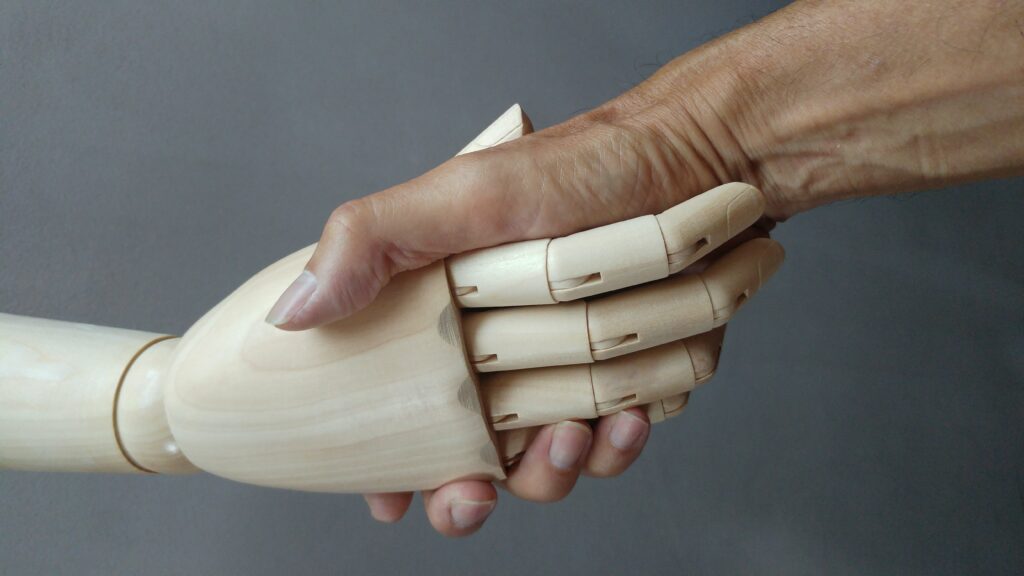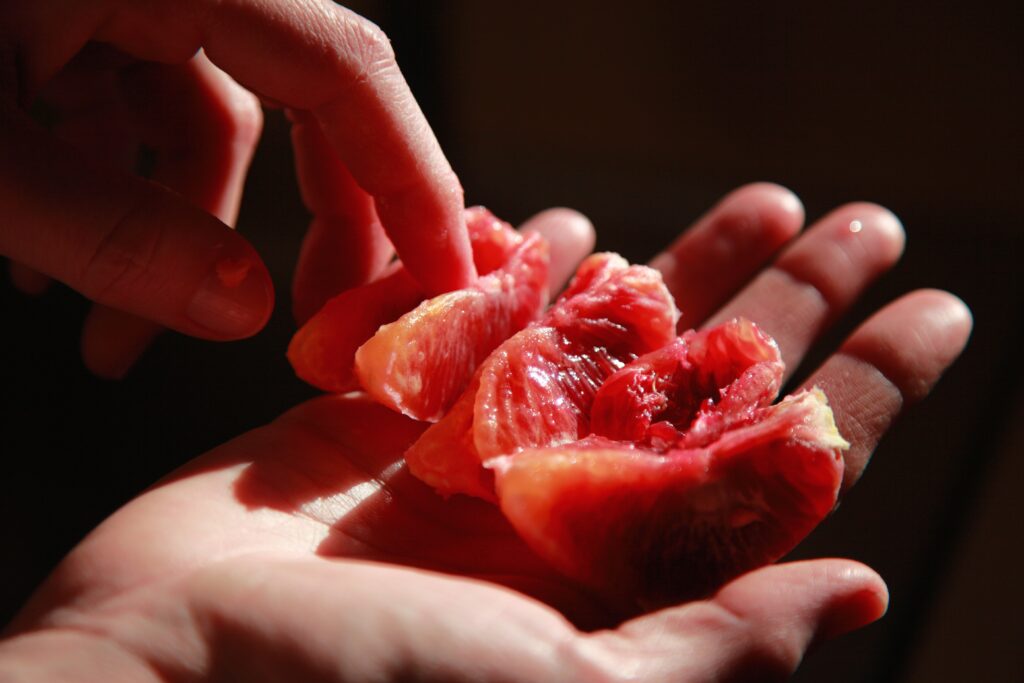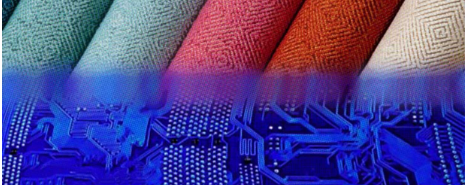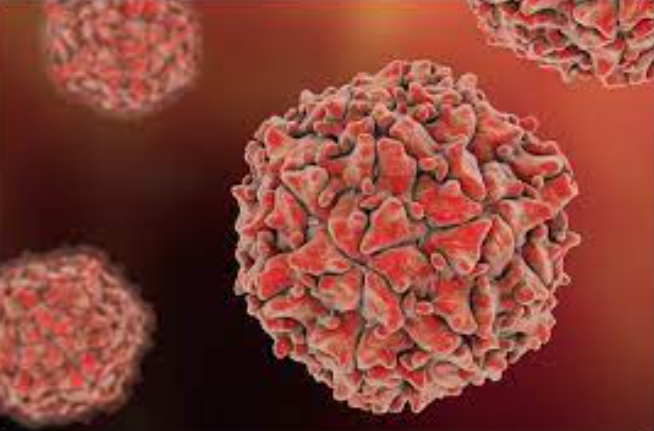Capturing the sense of touch could improve prosthetics and our digital lives!

Every time we touch something, our perceptual experience is the product of the activity of thousands of nerve fibers and millions of neurons in the brain, the body’s natural sense of touch is remarkably complex. Nerve receptors detect signals about pressure, shape, movement, texture, temperature, and more. Those signals generate patterns of neural activity, which the central nervous system interprets so that we can tell if something is smooth or rough, wet or dry, moving or still.

As scientists and engineers learn more about how our nervous systems respond to tactile stimuli, they are also studying how our skin interacts with different materials, and will need ways for people to send and receive simulated tactile sensations. All of these efforts present challenges, but progress is being made—in the short term, people who have lost limbs could regain some sense of touch through their artificial limbs, and in the longer term, haptic research could add touch to online shopping. online, enabling new forms of remote medicine such as expanding the world of virtual reality.
Our bodies are covered in nerve endings that respond to touch, and our hands are heavily charged—especially the fingertips—some receptors indicate where parts of us are in relation to the rest of the body. Others feel pain and temperature. One of the goals of haptics researchers is to mimic sensations resulting from force and movement, such as pressing, sliding, or rubbing.
The research sheds light on what kind of information you would need to realistically capture the haptic experience, the tactile experience, and send it digitally anywhere. Then people could feel sensations with a device or perhaps with ultrasonic waves.

Possibilities have been explored, and even taking such research to electronic equipment, computer codes for web pages would cause certain areas on a screen to imitate different textures, perhaps with changes in electrical charge, vibration signals, ultrasound, or other methods. Touching the screen will tell you whether a sweater is soft or rough, or whether the fabric of a sofa feels uneven or smooth, yet before that can happen, researchers must understand the conditions that affect our perception of how a computer screen feels.
Amazing! What do you think?





Responses